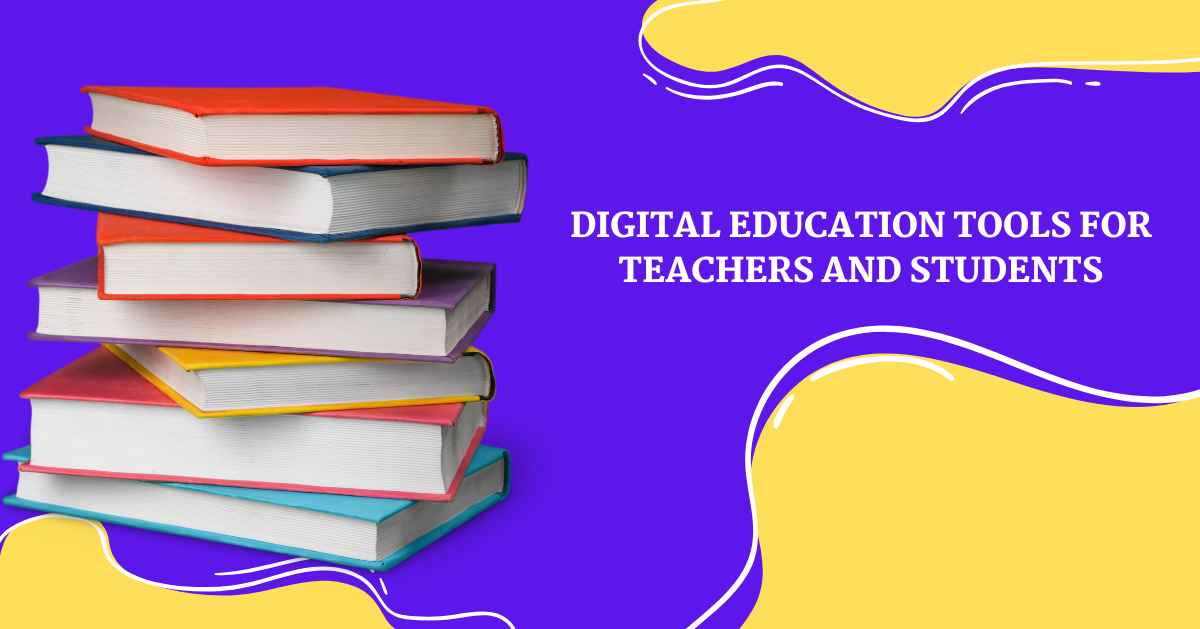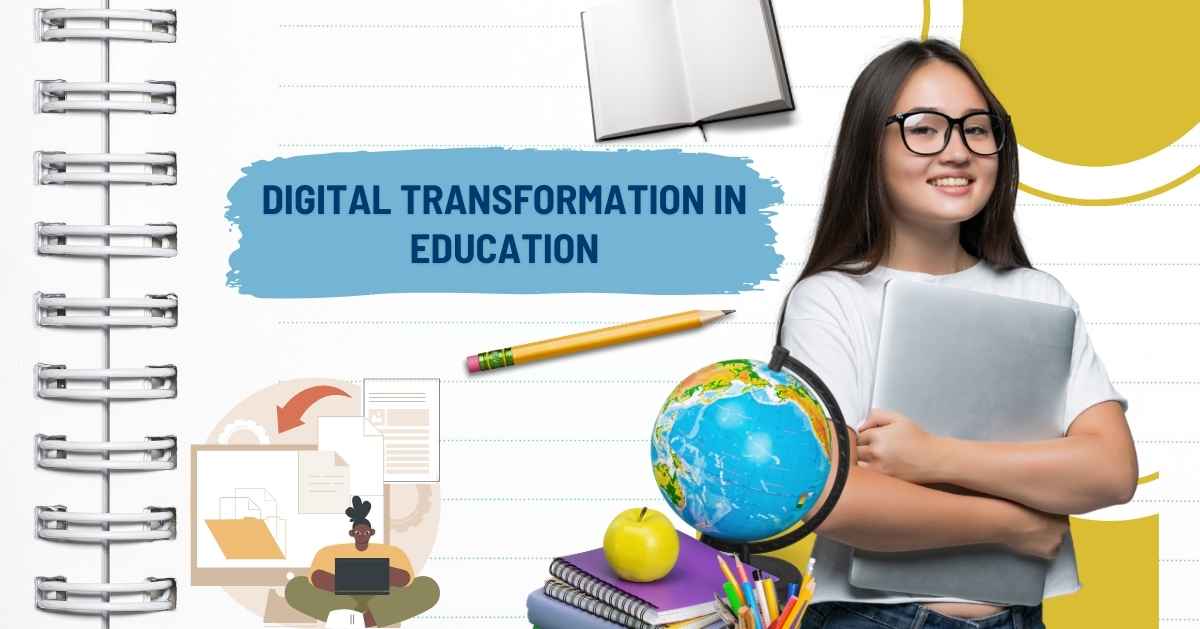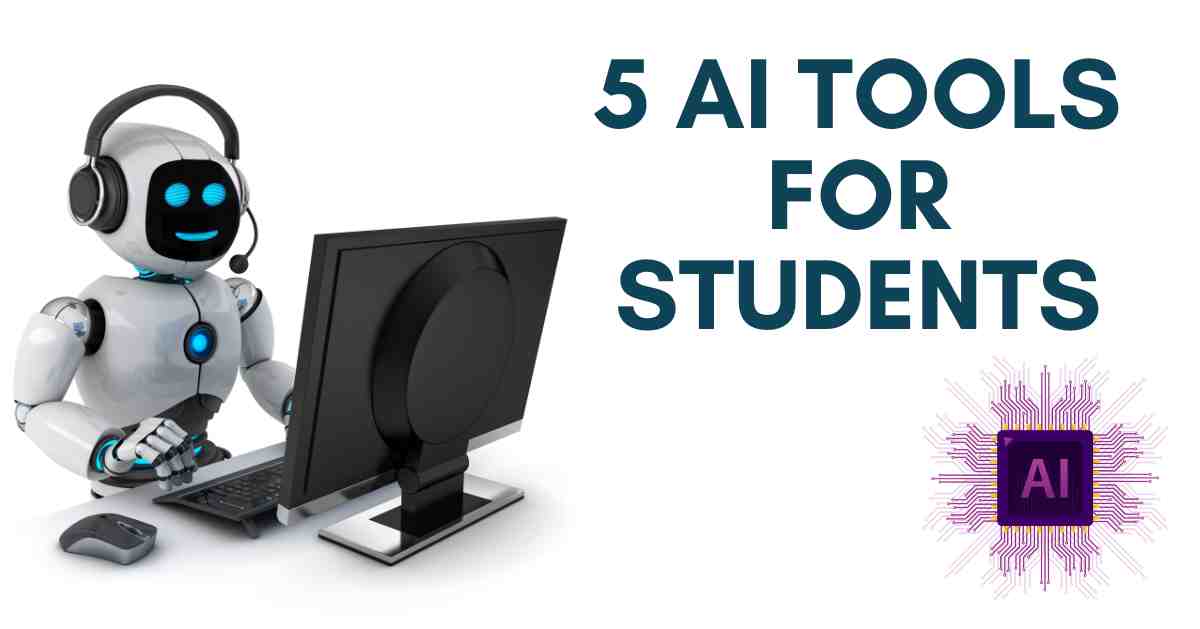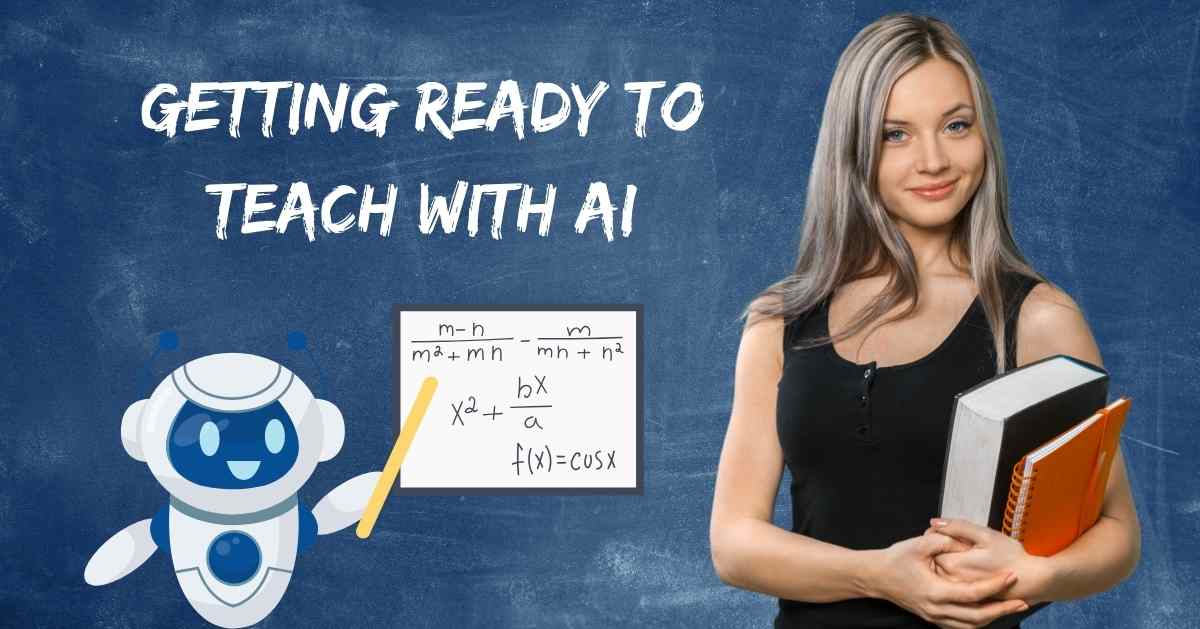Guide to K-12 Education in India for Parents & Students
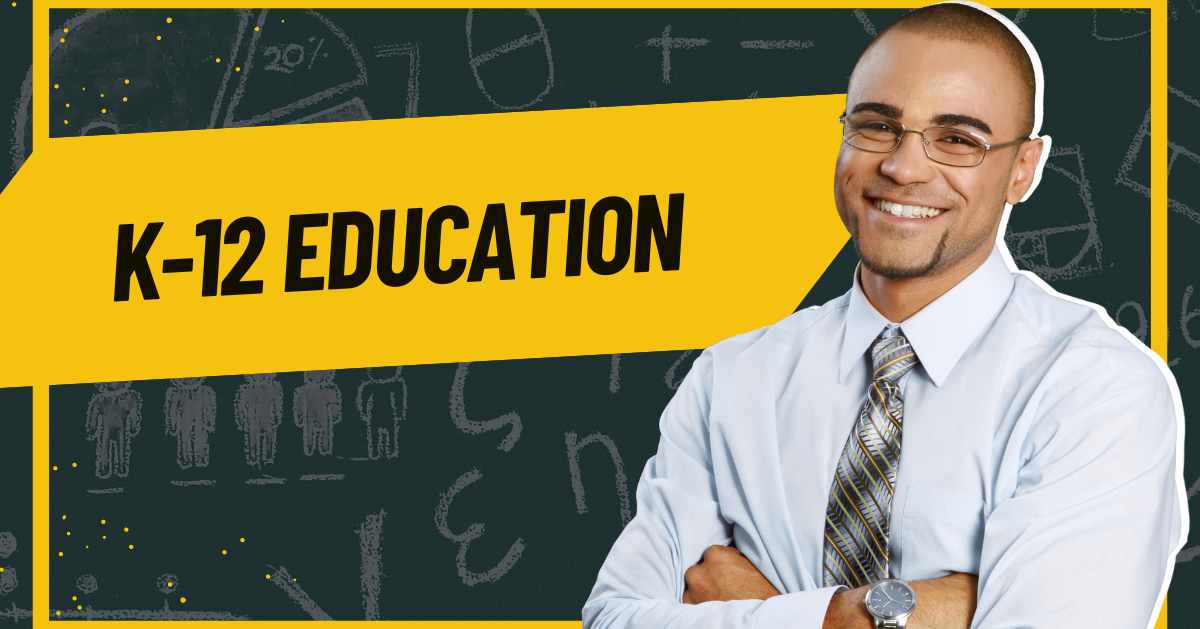
K-12 refers to the education system spanning kindergarten through 12th grade, covering primary and secondary education. It begins with kindergarten, followed by elementary school (grades 1-5/6), middle school (grades 6/7-8/9), and high school (grades 9/10-12). The curriculum progressively prepares students academically and socially for higher education or entry into the workforce, culminating in high school graduation.
What are K 12 Education Levels?
K-12 refers to the educational system encompassing kindergarten through 12th grade, typically found in many countries, including the United States. The structure includes:
Kindergarten: This is usually the first year of formal schooling, designed to prepare children for primary school by introducing basic concepts and socialization skills.
Primary/Elementary School: Following kindergarten, students enter primary or elementary school, where they usually progress through grades 1 to 5 or 6. Here, they learn fundamental subjects such as math, language arts, science, and social studies.
Middle School/Junior High School: After completing elementary school, students move on to middle school or junior high, which typically covers grades 6 7 through 8 or 9, depending on the regional structure. This stage bridges the gap between elementary and high school and often includes a wider range of subjects and extracurricular activities.
High School: High school usually comprises grades 9 or 10 through 12, depending on the regional system. Here, students take more specialized classes and may have the opportunity to choose elective courses based on their interests and future educational or career goals. High school graduation marks the completion–12 the K-12 system.
Throughout the K-12 years, students undergo a progressive curriculum aimed at providing them with the knowledge, skills, and abilities needed for further education, careers, and lifelong learning.
What subjects are studied in K-12?
- K-12 schooling teaches about many things, such as:
- Reading, writing, and understanding
- Math
- Science
- Learning about society
- Past events
- Drawing
- Making music
- Exercise
- Learning other languages
[Read More: Advantages and Disadvantages of Mobile Technology]
Why Focus on K-12 Education?
Focusing on K12 education is crucial because it forms the foundation of a person’s learning journey. Here are a few reasons why it’s important:
Early Development: K-12 education lays the groundwork for children’s cognitive, social, and emotional development, setting them up for future success.
Preparation for Higher Education: It prepares students for further education by equipping them with essential skills and knowledge needed for college or vocational training.
Building Skills: education K12 provides students with a diverse range of skills, including critical thinking, problem-solving, communication, and collaboration, which are essential for success in the modern world.
Addressing Inequality: Access to quality K-12 education helps address inequalities by providing all children, regardless of their background, with equal opportunities to learn and succeed.
Contributing to Society: Well-educated individuals are more likely to contribute positively to society, both economically and socially, by becoming productive citizens and leaders in their communities.
By focusing on K–12 education, societies can ensure that every child has the chance to reach their full potential and contribute meaningfully to the world around them.
What is the Indian K12 Education System
In India, K-12 education means schooling from kindergarten through 12th grade. The first ten years give basic learning, while the last two years prepare students for further studies. The government ensures all kids, no matter their background, can go to school. The Right to Education Act of 2009 made schooling mandatory and free for all children aged 6-14.
[Read More: Top 10 Disadvantages of AI in Education Explained Clearly]
What are the Different Levels of K-12?
In India, the K-12 education system is organized into four main levels after kindergarten:
1. Primary Level: Covers classes 1 to 5.
2. Middle Level: Encompasses classes 6 to 8.
3. Secondary Level: Includes classes 9 and 10.
4. Senior Secondary Level: Comprises classes 11 and 12.
Both government and private schools follow these levels. Each level has a tailored curriculum that considers students’ cognitive and emotional development, emphasizing academics and co-curricular activities for holistic growth.
What are the Benefits of K12 Education?
The K-12 education system helps students build and improve both academic and extracurricular skills. The internet is important for social skills. The K-12 education system helps students develop academic and extracurricular skills. This is key for learning to work together and communicate. It also helps students make friends and find role models.
Schools that follow the K-12 system teach students to use technology for learning and preparing for jobs. This helps them become better at working with different people. It develops skills needed for the 21st-century world. The Indian education system stays updated with education trends to give students the knowledge and skills to compete globally.
The Indian education system has stages: primary, middle, secondary, and senior secondary. The government gives free schooling for children aged 6-14. Students study math, science, social studies, and languages, and also participate in sports, art, and dance.
The good things about K-12 education are learning academic and social skills, working together, talking well, using tech for learning, and getting ready for jobs.
The Benefits of K-12 Education are the Following:
- Preparing for college and jobs
- Growing socially and emotionally
- Learning about various cultures and views
- Taking part in sports and other activities
[Read More: Teacher Lesson Plan: Making Teaching Better with Clear and Fun Lesson Plans]
Challenges of K-12 Education in India
At every level in India, the number of school dropouts goes up, especially in rural areas or among students from disadvantaged groups such as the economically backward community or girl children. Some major obstacles to K12 education are
- Difficult to reach schools in remote areas
- Not enough schools for all children
- Limited resources and poor facilities
- The uneven quality of education in classrooms
- Many teachers leave their jobs
- Insufficient teacher training
- Too many students per teacher
Exploring the Advantages of K-12 Education
K12 education offers numerous advantages for students. It lays the groundwork for both academic and extracurricular skills development, fostering social abilities like teamwork and communication. Schools implementing K-12 programs also integrate technology, enhancing learning and preparing students for diverse job environments. This education model equips learners with essential skills needed in the modern world. In India, the education system ensures access to free compulsory schooling for children aged 6-14, covering subjects like math, science, languages, and various extracurricular activities.
Conclusion,
This guide provides valuable insights into the K12 education system in India, serving as a comprehensive resource for both parents and students. By understanding the structure, curriculum, and significance of K12 education, families can make informed decisions about their children’s academic journey. Empowered with this knowledge, they can better navigate the educational landscape and support their children’s learning and growth effectively.
FAQs
K-12 education in India is often referred to as the “school education system.”
K-12 education in the US refers to the education from kindergarten (K) through 12th grade, covering primary and secondary education.
The K-12 education sector in India includes schooling from kindergarten through 12th grade, comprising both primary and secondary education.
K-12 education encompasses all schooling from kindergarten through 12th grade, including primary and secondary education. High school is typically grades 9 through 12 within the K-12 system.
The 5-3-3-4 education system is a structure used in some countries, including India, where:
5 years are spent in primary school (grades 1-5),
3 years in lower secondary (grades 6-8),
3 years in upper secondary (grades 9-12),
4 years in tertiary education (college/university).


